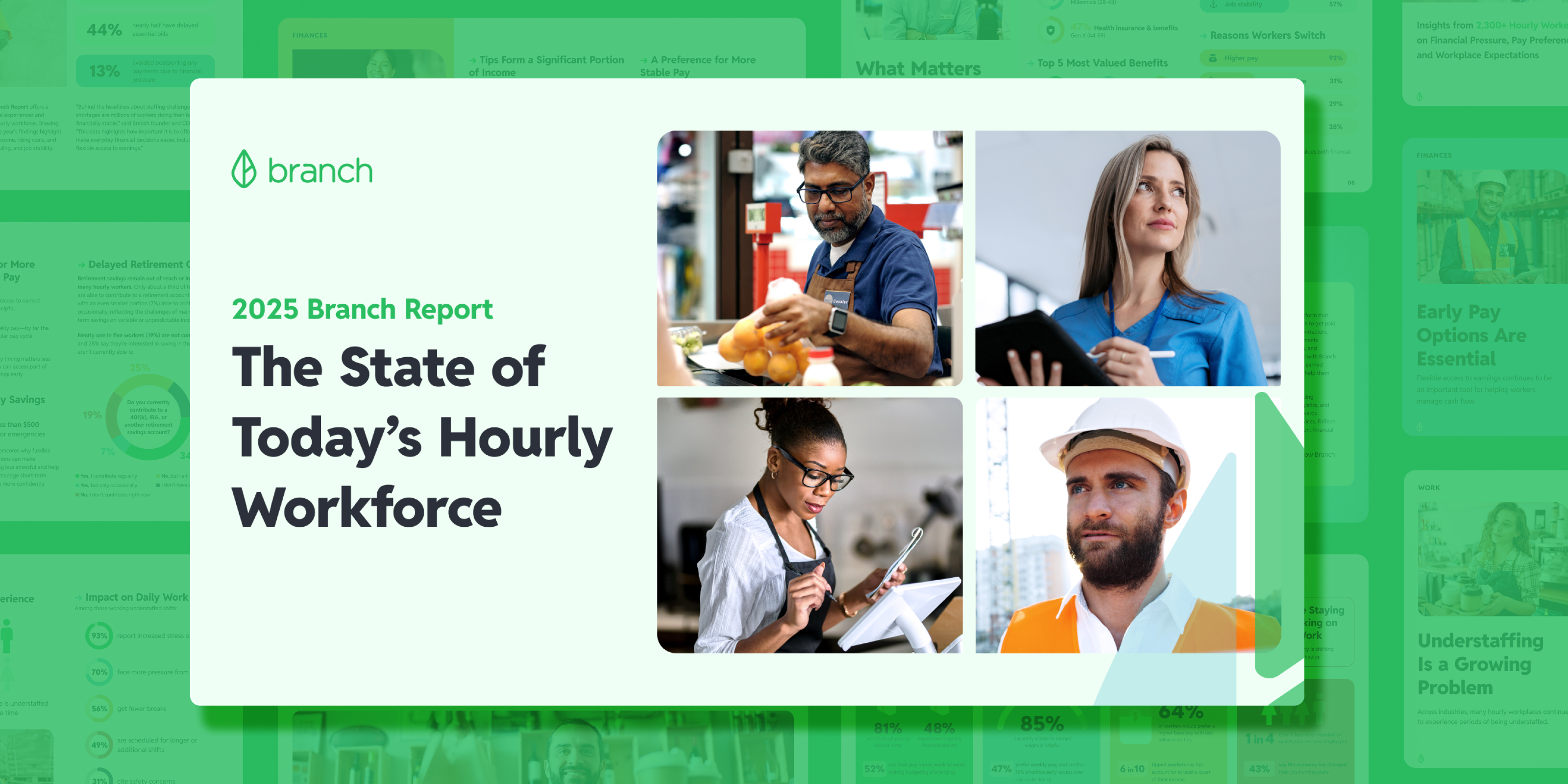
Tailoring Benefits for the Modern Workforce
You don’t need us to tell you that the modern workforce has changed rapidly—the writing’s on the wall in the form of talent wars, quiet quitters, and salary budgets that are at a 20-year high. Despite market uncertainty, hiring challenges are apparent across virtually every industry, as recruiting and retaining workers remains challenging.
Now is the time to ask yourself: what are you offering your workers that provides a meaningful difference in their life? And how can you balance worker demands with rising costs?
Workers need modernized benefits that will help them carve out a more secure future—and you can be the catalyst. Here are several considerations for tailoring employee benefits to better serve the needs of today’s workforce.
Evaluate whether you have a benefits mismatch
Experts point to a widening gap between what employers are offering these days and what employees actually want. You might be offering employees things they don’t see the value in or aren’t taking advantage of, while failing to offer a simple alternative that could make their lives easier.
For example, many employees see value in increased PTO or flexibility with which hours they work. Something like this might not cost your company much money, but you might be spending an inordinate amount of money on a benefit that employees aren’t taking advantage of. And why waste dollars on something that’s not moving the needle on worker engagement and retention?
The solution? Listen to your workforce. Conduct anonymous surveys, hold open office hours, or invite honest feedback into your inbox. When you find out what benefits employees truly find valuable, you can better tailor your offerings to keep them engaged and satisfied.
Add short-term financial wellness benefits
Long-term financial benefits have traditionally been the mainstays of a solid employee benefits package: 401(k)s, pensions, and more. But today’s workers require short-term stability in order to steady their footing for longer-term financial goals. It’s time to rethink your financial wellness benefits to focus on your workers’ immediate needs, in addition to their long-term goals.
Most people’s lives look very different than they did even two or three years ago. Record-breaking inflation, continued supply chain shortages, and rising healthcare prices mean many people continue to live paycheck to paycheck and deal with constant financial insecurity and worry.
Plus, the two-week pay cycle has become outdated and inadequate for so many people living paycheck to paycheck. Unexpected medical bills, car repairs, or other unpredictable costs that crop up between paychecks can leave many Americans reliant on high-interest credit cards or predatory payday loans.
The solution: You have the ability to offer them another option—one that’s less risky for them, and costs nothing to implement. Enter: tools like earned wage access, which has become an increasingly popular financial wellness benefit companies can use to help workers improve their cash flow.
Look for holistic ways to improve health
Coming out of a global pandemic and dealing with a society fraught with economic and societal anxiety, companies have increasingly realized that people need more health support than ever. This requires taking a holistic approach to health, from mental health to physical and financial health. But health doesn’t exist in a silo. Multiple factors are involved, and to truly meet the health needs of your workforce you need to look at how your benefits work together to make a difference in your employees’ day to day lives. The link between mental health and financial health, for example, is stronger than ever.
Providing access to telehealth and counseling services as a part of health insurance plans has become more normalized as addressing mental health concerns becomes more normalized. A survey from TalentLMS and BambooHR even shows that more than 80% of employed Gen Z employees want mental health day—a newer benefit that some companies are starting to adopt. In the past, it may have been seen as “taboo” to honestly say you’re taking a mental health day, but that’s the kind of transparency that workers are craving.
Examine what you might offer your employees in other areas that will indirectly have an impact on their financial health. Go beyond what’s obvious and think about how changing the pace of pay (instant earned wage access, instant cashless tips or disbursements) could help give them peace of mind and help them sleep better at night.
Foster growth from within
Along with the tangible benefits you’re offering your workforce, consider the unseen impact of providing ample opportunities for growth with your current employees. Employees want to feel like they have opportunities to grow wherever they are; in fact, it’s becoming one of the major drivers for Great Resigners to look elsewhere. A recent survey showed that 40% of Gen Z workers surveyed would accept a 5% deduction in pay to work in a position that offered opportunities for career growth.
In today’s current labor market, many companies are struggling to hire people with the right skills, but a win-win for companies and their employees is to promote from within whenever possible. Upskilling or promoting from within can not only deliver the attractive benefit of career growth to workers, but it can also save your company time and money that would be spent onboarding an entirely new employee. (Many studies point to the fact that it’s typically cheaper to upskill current employees than hire and train new ones.)
Don’t be afraid to help an employee make a horizontal move to another department, too, if they’ve expressed interest in learning something new. While you may have to train them on their new role, you’ll still invest less time than you would onboarding someone completely new to your company.
Finding—and keeping—employees in the years ahead will rely on how meaningful you can make your benefits and offerings. Paying someone a livable wage in today’s economy is the first step, but a close second is the total package of what you offer them, from health insurance to PTO and financial wellness benefits that improve not just their budgets, but their mental wellbeing. By evaluating what you’re offering at any point of the year—and adding benefits that truly impact their lives—you’ll have a better shot at winning the war on talent and keeping your company thriving for years to come.
Read Next: 3 Ways to Balance Worker Demands with Rising Costs
Continue reading
Unlock a Happier, More Productive Workforce







